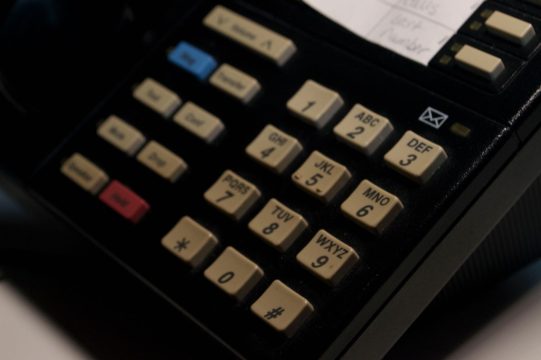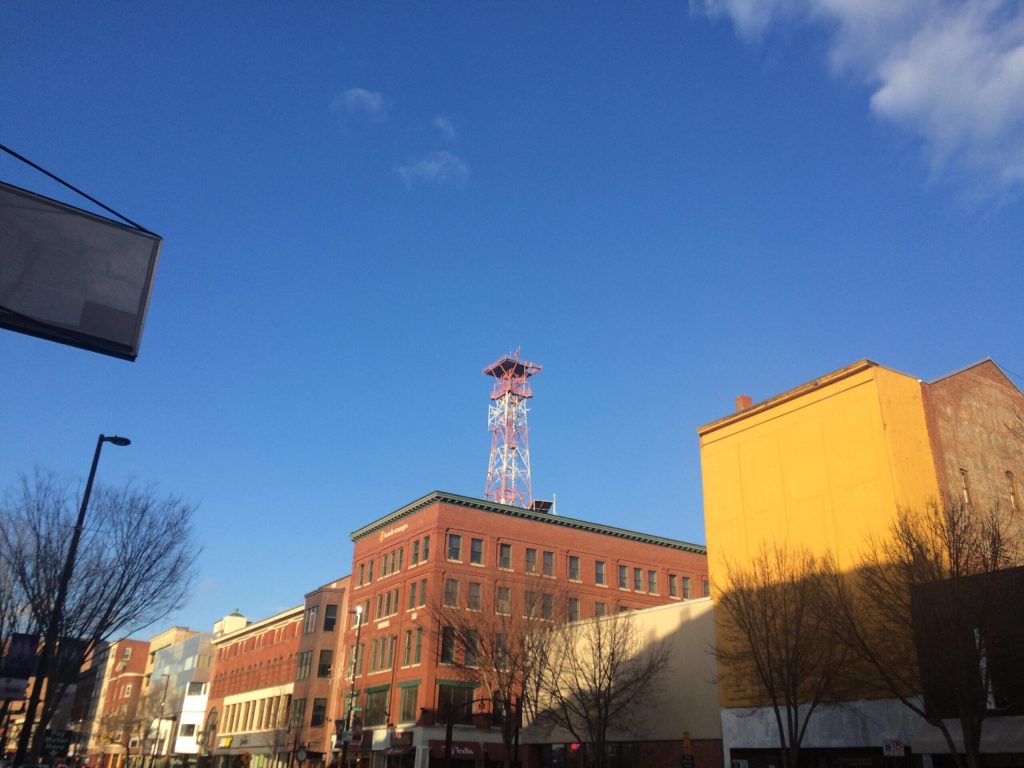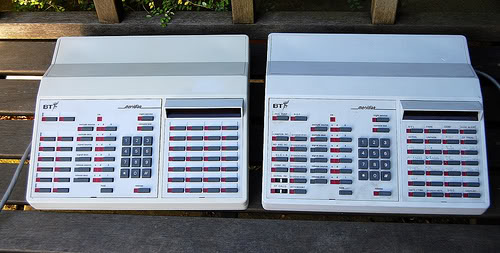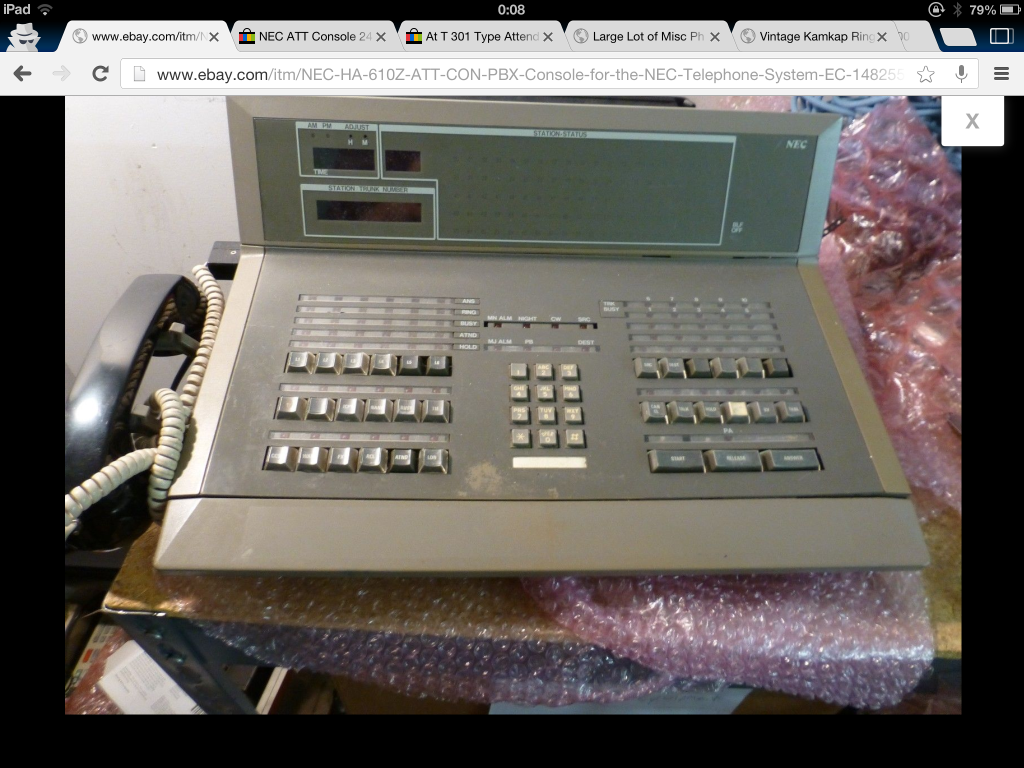The Jacob Javits Center, located on the Upper West Side of Manhattan in the urban outskirts of New York City, is where conferences are held. Much less space than say the Las Vegas Convention Center. It’s comparable size like Connecticut’s or the ones in Boston. Unlike Vegas, people are rude, uptight and do not take any selfies with showgirls. They will tell you explicitly to “not tag” them.
This was taken in October at the fall NAB Show, the convention for the National Association of Broadcasters. Unlike my visit in April, there was nothing to write home about. In fact I spent more time outside the Javits Center
This Guest Services desk shows a Cisco 8800 series VOIP set. However, throughout my visit, my first time ever visiting the city beyond twelve hours – I saw sets that weren’t just Cisco in various businesses and organizations.
*





